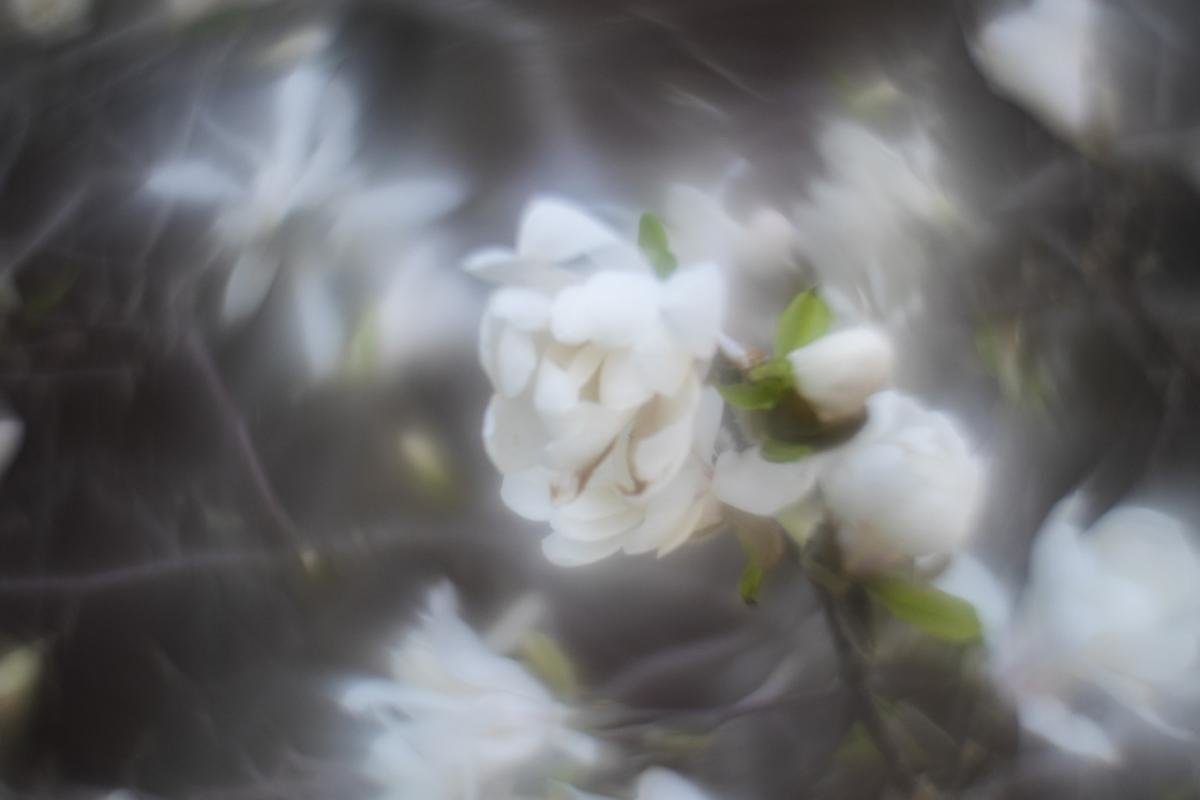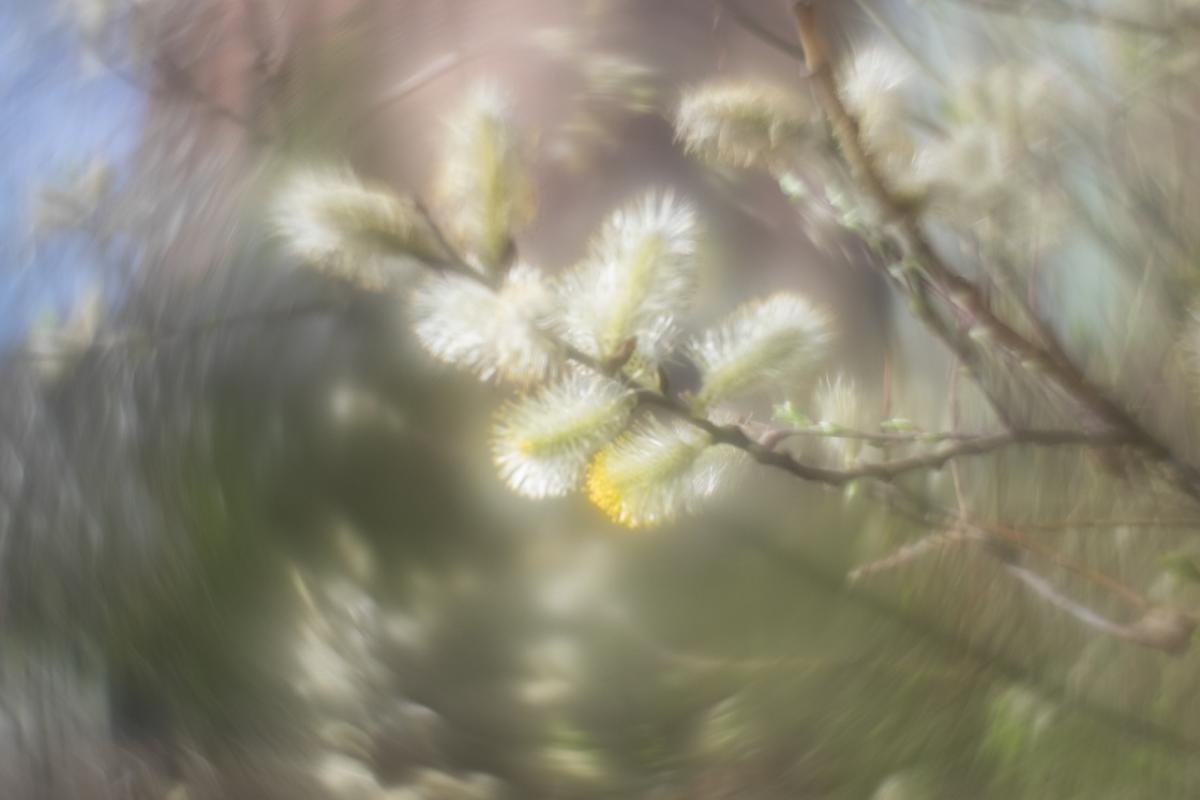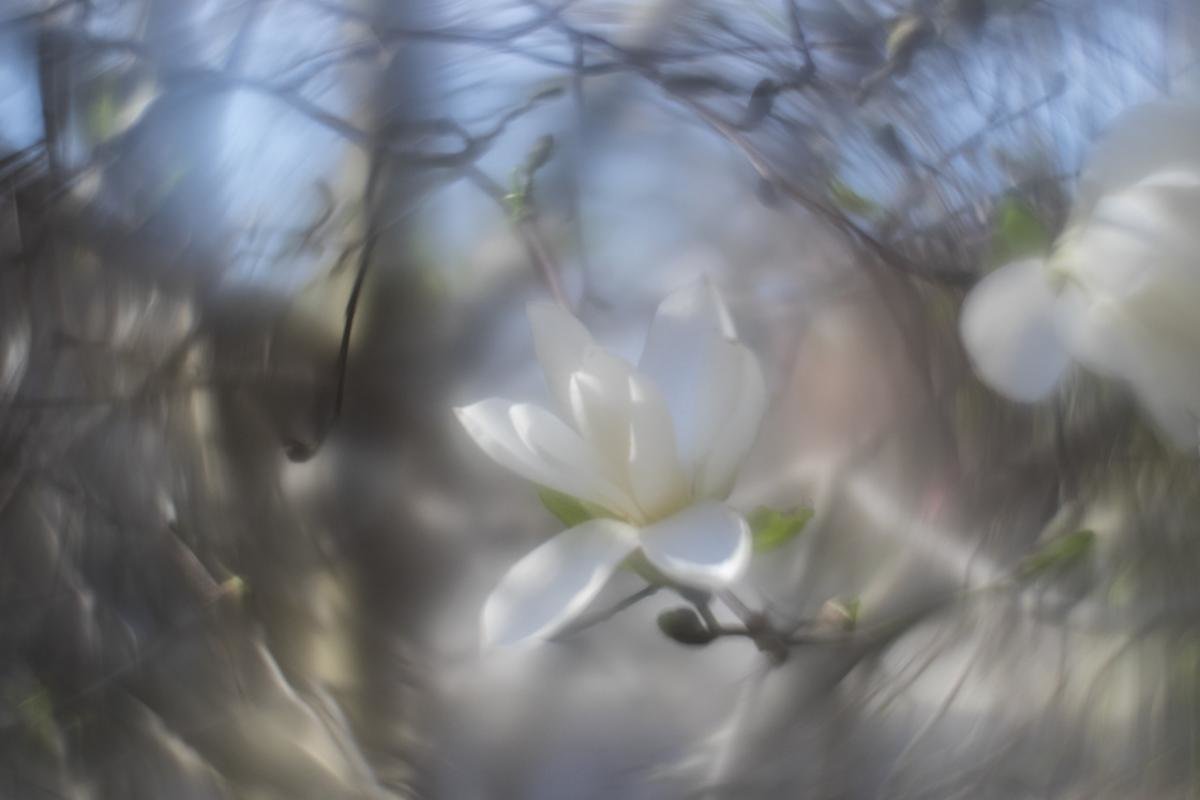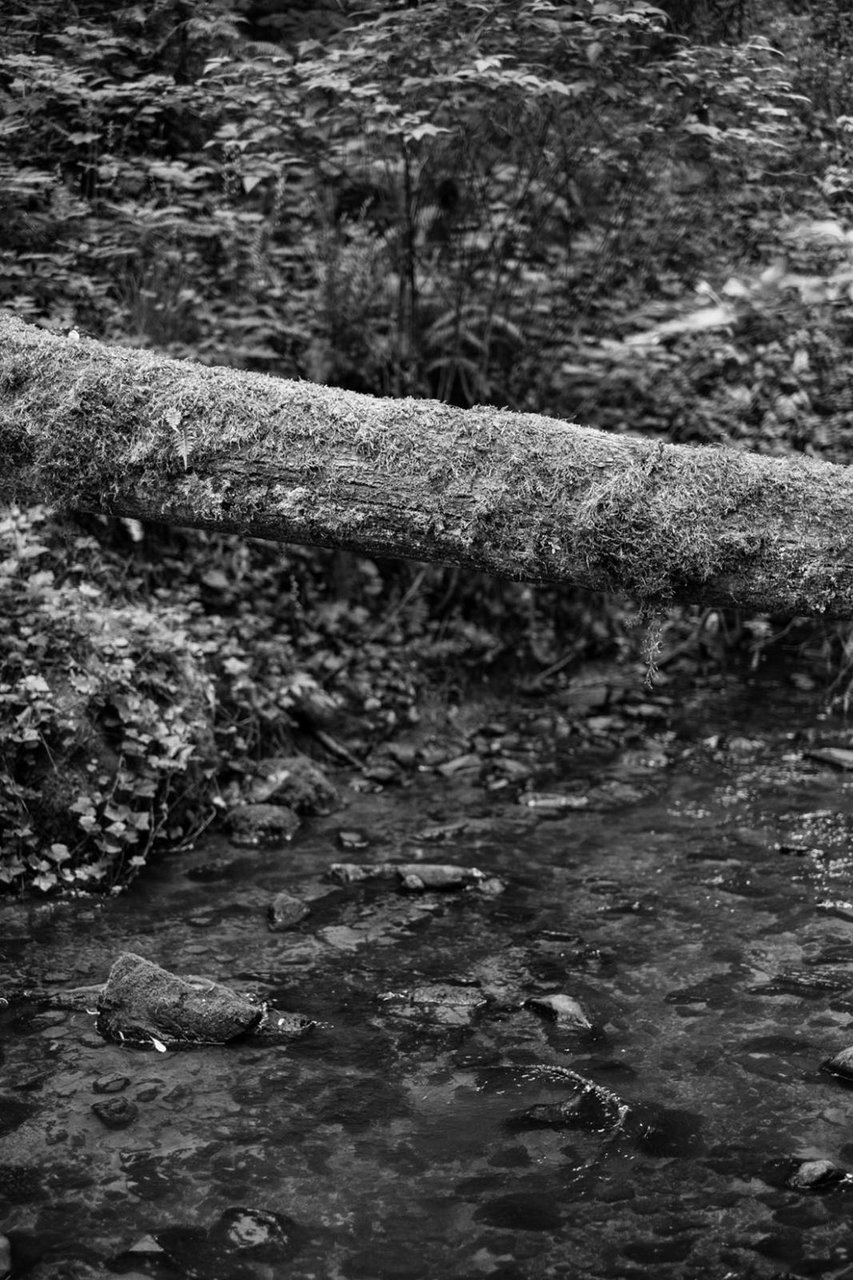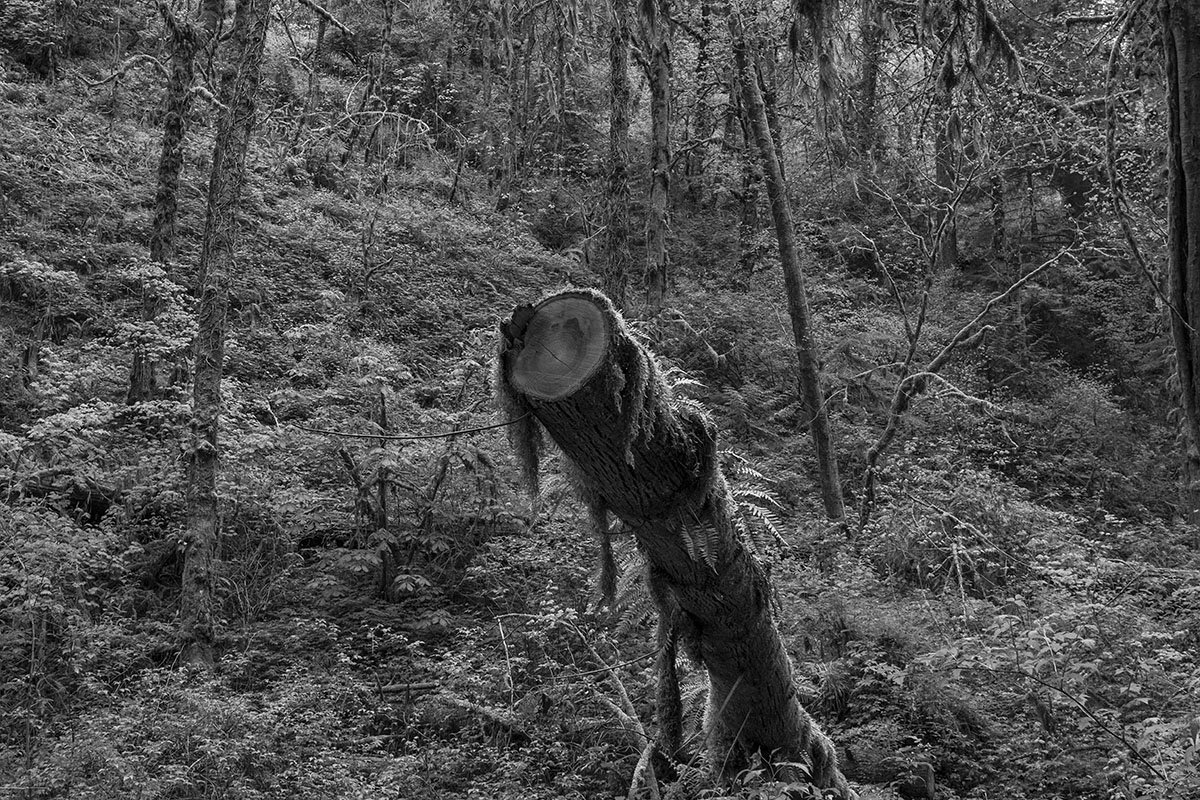-
Posts
286 -
Joined
-
Last visited
-
Days Won
3
Content Type
Forums
Gallery
Store
Everything posted by Nero
-
This thread isn't necessarily for me because I've already bought a half case for my X-T1 and am very pleased with it, but I debated which one to go with for quite some time. So I'm starting this for everyone who is considering a half case, but hasn't made up their mind yet. I started out with the Fuji half case and was instantly dissatisfied. For me, a tripod screw for attaching the half-case is a deal-breaker if there is no access to the ports or battery compartment. I put it on the camera maybe twice and then it went on eBay. To top it off, you needed a coin or a screwdriver to get it off the camera. If I go out shooting, I know in advance whether I'm planning to use a tripod or not that day, so I don't need to worry about whether a half case has a tripod screw. It simply comes off my camera for the day if I'm tripod shooting. I would rather have no battery or port access with maximum protection for the camera and two simple snaps around the strap mounts. Easy and quick to get on and off when necessary, adds a little extra bulk for a more sure grip, and good protection for the sides of the camera. I'm sure a lot of people wouldn't go for something with no battery access, but it really doesn't bother me to take off the case for a battery change as long as it is simple and fast to do with no tools. The Gariz was the next one I considered because I'd read good reviews of their products for other camera models, the price wasn't cheap but not sky high, and despite the screw attachment it gave access to the battery and ports and didn't require a tool to remove. However, I got scared off by a slew of reviews complaining about the case blocking the tilt screen. There were a lot of fixes, but I don't feel like you should have to spend $110 on something and then modify it yourself so that your screen will tilt. Kenji had a nice looking half case, but it had similar issues as the Fuji case. Screw-in connection, no port access (although you could get an optional battery access opening). So then I looked at the best, Luigi. Beautiful cases, but the X-T1 case has this thin, clear plastic strip that runs from one side of the camera to the other and is threaded in behind the top of the tilt screen. I really, really wanted to like this case, but that plastic piece just felt cheap and nothing on a $400 half case should feel cheap. I'm sure it's a great case (I use a Luigi strap that I love, his craftsmanship is wonderful), but I just couldn't lay out that kind of money for something that I didn't feel was a home run from my first impression. Next, I looked at Angelo Pelle, but he doesn't have an X-T1 case, mostly rangefinder form-factor cameras. Finally, I settled on an Arte di Mano half case. It ended up being about $230 with the rally volpe leather, but it fits everything I wanted in a half case. Over the strap snaps for taking it on and off, perfect amount of extra bulk to grip, good protection, great quality, and it looks good on the camera. What are everyone else's preferences and experiences shopping for an X-T1 half case? Let's try to make it less of a headache for everyone else shopping for one. Now that the X-T1 has been out for over a year, there are probably other options that I am not aware of.
-

My favorite camera bag is...
Nero replied to erreflower's topic in Bags, Half Cases & Straps for Fuji X
Billingham Hadley Pro. I can carry my X-T1, 18-135mm, 10-24mm, 23mm, 27mm, and 35mm with room for extra batteries, iPad, cleaning kit, filters, and a Helios 44-2 if I want. It's practically bulletproof too. I've never felt alarmed by weather or other conditions with my gear in this bag. It's not cheap, but worth every last penny for the quality and insurance it provides. It also cleanly fits under the seat in front of me on airplanes. -
This is heavily biased due to my general preferences in locations and topics as a photographer, so it will not be the most versatile or best option for many people, but the three primes which are always in my bag are the 23, 27, and 35. I know those are clustered tightly together in focal length, but here is why. The 23 is on my camera most of the time. The 35 has a certain magic to it and is the perfect step up in terms of field of view for me. The 27 is so small and compact that in a way it transforms the camera into a totally different form factor for street shooting. The 18 would also do that, but my preference at the moment just happens to be between the 23 and 35 for street photos. If I get more comfortable shooting with non-pancake lenses in the street, then I could see myself going for either the 16 or something longer than the 35 depending on my subject on a given day. I have looked at the 56 and it just doesn't fit my style of shooting enough to justify buying one at that price even though it is a beautiful lens, but sometimes I do carry an adapted Helios 44-2 if I want that focal length on hand and it cost me about $70 for a really nice copy.
-
I treat weather sealing on my X-T1 as insurance against missed shots or opportunities. If the weather isn't great, I can still grab my camera and fire off a few shots here and there without hesitation, but for real protection from the being out in the elements for a period of time I rely on my Billingham. My bag is the real protection from the elements that I count on and trust. The weather sealing simply helps prevent the hesitation which makes you miss that perfect shot. I've been thinking about getting a second camera body for both backup and perhaps dual situations while traveling. Maybe put the 27mm or 18mm on the second body for compact street shooting without swapping lenses. I'm leaning against the weather sealing for this second body.
- 35 replies
-
- weather sealing
- X-T10
-
(and 1 more)
Tagged with:
-
I went Switzerland in November and the 10-24 rarely came off my X-T1. The wide end at 10mm was a very welcome thing to have for incredible mountain landscapes. For street and architecture, 10mm was generally too wide, but my favorite prime is the 23mm, so I had that focal length covered if I didn't want to change lenses. The stabilization is very helpful if you plan to take indoor architecture photos of historic places, such as cathedrals. Maybe that's not in your plans, but I found myself doing a number of low light f/8 to f/10 shots in large indoor spaces and OIS really bailed me out and allowed for good depth of field without cranking the ISO too high. Didn't feel like I had to leave any shots behind even if some weren't perfect in the end, but if I were trying to take those shots with the prime I'd either be sacrificing the DOF which really makes an architecture shot in a space like that or I'd have been carrying a tripod, which takes the weight argument out of the picture.
-
Hi everyone, Just finished my MFA in Electronic and Time Based Art at Purdue University. I first picked up a "real" camera a little over a year ago when I bought my Fuji X-T1, so I've still got a lot to learn. I shoot exclusively with that. My favorite lenses are the XF 23mm, 35mm, and 10-24mm, but I do use the XF 27mm and 18-135mm WR sometimes and have three vintage Helios 44-2 f/2 58mm lenses, one of which is modified with a reversed front element. Black and white is most intriguing to me in terms of my own work, but I enjoy good photography in all forms. I really like shooting landscape/nature and architecture, but I'm an equal opportunity photographer, I'll shoot anything that is interesting at any given moment. I have a photo blog that I usually update twice per day, but will eventually move to once a day when I get through my work from last year. Oren Darling Photography
-
Here are some test shots of flowers taken with my X-T1 and a modified vintage 1970's Helios 44-2, 58mm lens at f/2. I love the old Helios lenses as portrait lenses too. I keep a couple unmodified versions on hand for more general use.
-
And here's one with the 35mm. Macleay Park, Portland, Oregon. April, 2015. Fuji X-T1, XF 35mm @ f/1.4, 1/320s, ISO 800.
-
Macleay Park, Portland, Oregon. April, 2015 Fuji X-T1, XF 10-24mm @ 24mm, f/9, 1/40s, ISO 640. I shot in this park twice. Once with my 10-24mm and once with the 35mm. I can't say that the 10-24mm is as sharp as one of the wide angle primes, but it is one heck of a lens when you consider the versatility it provides and the OIS making up for the f/4 max aperture in some situations.
-
I have both the 35mm and 23mm and love them both. I tend to prefer a wider FOV, so the 23mm or my 10-24mm are by far my most frequently used lenses, but every time I put the 35mm on my camera, I end up telling myself I need to find reasons and situations to use it more often. In terms of sharpness, I'd say it's a tossup. Some people claim that the 35mm is sharper, but on a good day with good subject matter, I can't tell the difference. I get great color from both, too. I'd give the 35mm an edge on the bokeh, but in the end it all comes down to personal preference on the FOV.



